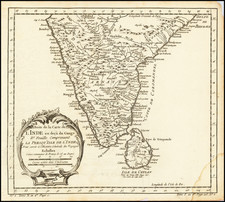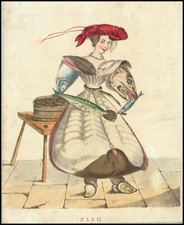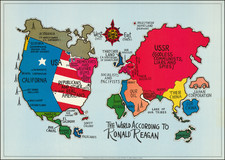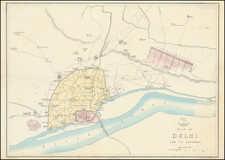Striking portait of Jan Huygen Van Linschoten, whose journal of explorations is one of the most important printed accounts of Dutch explorations and travels in the late 16th Century.
Jan Huyghen van Linschoten (1563-1611) was a Dutch Protestant merchant, traveller and historian. Linschoten is credited with copying top-secret Portuguese nautical maps thus enabling the passage to the elusive East Indies to be opened to the English and the Dutch. This enabled the British East India Company and the Dutch East India Company to break the 16th century monopoly enjoyed by the Portuguese on trade with the East Indies.
Linschoten left the Netherlands for Spain in 1576 to be with his brother in Seville, remaing in Spain until 1580 when he got a job working with another merchant in Lisbon. A downturn in trade led him to seek alternatives. With the help of his brother, Willem, who was acquainted with the newly appointed Archbishop of the Portuguese colony of Goa, Dominican Vicente da Fonseca, Linschoten was appointed Secretary to the Archbishop. Linschoten sailed for Goa in April 1583. While in Goa, as a result of his position, Linschoten had access to secret information, including Portugese nautical maps that were well guarded for over a century, which Linschoten decided to copy.
Upon the death of the Archbishop of Goa, Linschoten returned to Lisbon in 1589. Enroute, he encountered English pirates, which forced a shipwreck, forcing Linschoten to the Azores, where he remained for 2 years. He landed in Lisbon only in 1592 and thereafter returned to his home at Enkhuizen.
In June 1594, Linschoten sailed from Texel in the expedition headed by Dutch cartographer Willem Barentsz. The fleet of three ships was to enter the Kara Sea, with the hopes of finding the Northeast passage above Siberia. At Williams Island, the crew encountered a polar bear, the first such encounter recorded by Europeans. The Barentsz expedition reached the west coast of Novaya Zemlya and followed it northward, before being forced to turn back in the face of large icebergs. The following year they sailed again in a new expedition of six ships, loaded with merchant wares that they hoped to trade with China. The party came across Samoyed "wild men" but eventually turned back upon discovering the Kara Sea frozen. Linschoten was one of the two crewmembers to have published journals on Barentsz' travels.
In 1595, with assistance from Amsterdam publisher Cornelis Claesz, who specialized in shipping, geography and travels, Linschoten wrote Reys-gheschrift vande navigatien der Portugaloysers in Orienten (Travel Accounts of Portuguese Navigation in the Orient). This work contains a large number of sailing directions, not only for shipping between Portugal and the East Indies colonies, but also between India, China and Japan.
Jan Huyghen also wrote two other books, Beschryvinghe van de gantsche custe van Guinea, Manicongo, Angola ende tegen over de Cabo de S. Augustijn in Brasilien, de eyghenschappen des gheheelen Oceanische Zees (Description of the Entire Coast of Guinea, Manicongo, Angola and across to the Cabo de St. Augustus in Brazil, the Characteristics of the Entire Atlantic Ocean) in 1597, and Itinerario: Voyage ofte schipvaert van Jan Huyghen van Linschoten naer Oost ofte Portugaels Indien, 1579-1592 (Travel account of the voyage of the sailor Jan Huyghen van Linschoten to the Portuguese East India) in 1596.













![(Arizona Native American Photograph) [Original CDV of a Pima or Apache Child]](https://storage.googleapis.com/raremaps/img/small/93107.jpg)
![[Daniel Friedrich Sotzmann] D. F. Sotzmann Geh. exped Secretair beym Ingen. Depart. u Geograph dur Academie der Wissenschaften zu Berlin](https://storage.googleapis.com/raremaps/img/small/69324.jpg)